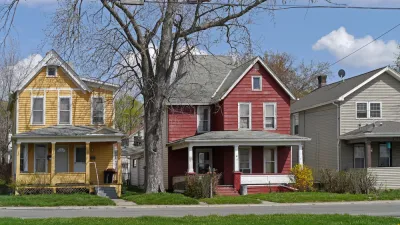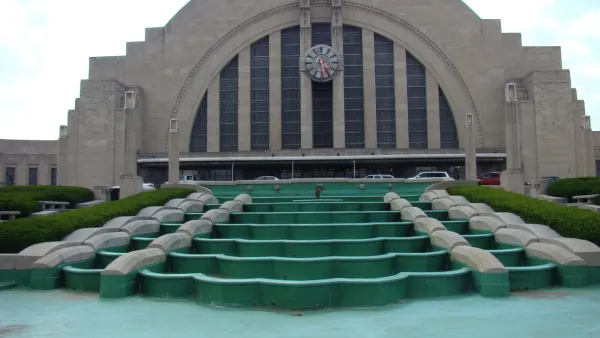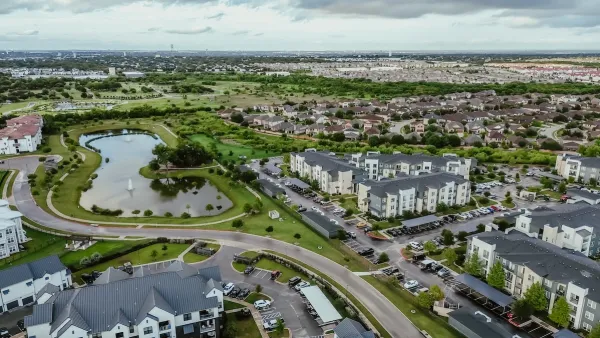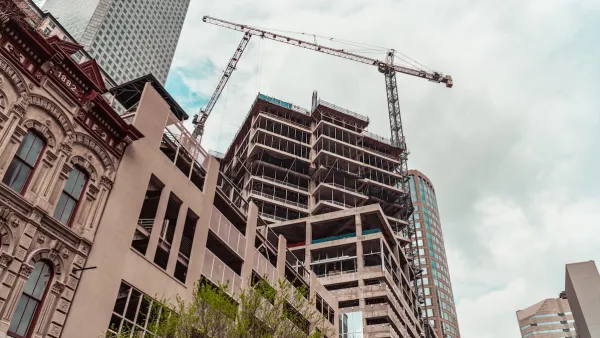The emotional attachment to old homes can obscure the benefits of new buildings, which consume less energy and provide more amenities for residents.

As housing prices continue their astronomic rise and the supply of housing remains inadequate, writes M. Nolan Gray, "Americans are paying ever more exorbitant prices for old housing that is, at best, subpar and, at worst, unsafe." Despite sentimental attachments to old homes and historic properties, Gray argues that new construction is objectively better: safer, more cost-effective, and more energy-efficient than older houses. Gray points to lead house paint(legal until 1978), lead pipes(common until the 1980s), faulty electrical systems, and poor accessibility as some of the issues that should make older homes less desirable. Modern homes provide mandatory safety features such as sprinkler systems, use less energy for heating and cooling thanks to improved insulation and HVAC technology, and include amenities like larger bathrooms and in-unit laundry.
Despite this, cities across the country make it difficult or nearly impossible to redevelop old housing stock, often in the name of affordability or historic preservation. "Between apartment bans, strict density limits, and minimum parking requirements, taking an old home and turning it into an apartment building, or even two or three modern townhouses, is in many cases illegal," asserts Gray.
By contrast, Japan takes a different approach to redevelopment: the average home in that country is demolished after 30 years, with 87 percent of homes sold being new, while a steady supply of newly constructed homes keeps Tokyo affordable for its growing population.
FULL STORY: Stop Fetishizing Old Homes

National Parks Layoffs Will Cause Communities to Lose Billions
Thousands of essential park workers were laid off this week, just before the busy spring break season.

Retro-silient?: America’s First “Eco-burb,” The Woodlands Turns 50
A master-planned community north of Houston offers lessons on green infrastructure and resilient design, but falls short of its founder’s lofty affordability and walkability goals.

Delivering for America Plan Will Downgrade Mail Service in at Least 49.5 Percent of Zip Codes
Republican and Democrat lawmakers criticize the plan for its disproportionate negative impact on rural communities.

Test News Post 1
This is a summary

Test News Headline 46
Test for the image on the front page.

Balancing Bombs and Butterflies: How the National Guard Protects a Rare Species
The National Guard at Fort Indiantown Gap uses GIS technology and land management strategies to balance military training with conservation efforts, ensuring the survival of the rare eastern regal fritillary butterfly.
Urban Design for Planners 1: Software Tools
This six-course series explores essential urban design concepts using open source software and equips planners with the tools they need to participate fully in the urban design process.
Planning for Universal Design
Learn the tools for implementing Universal Design in planning regulations.
EMC Planning Group, Inc.
Planetizen
Planetizen
Mpact (formerly Rail~Volution)
Great Falls Development Authority, Inc.
HUDs Office of Policy Development and Research
NYU Wagner Graduate School of Public Service





























